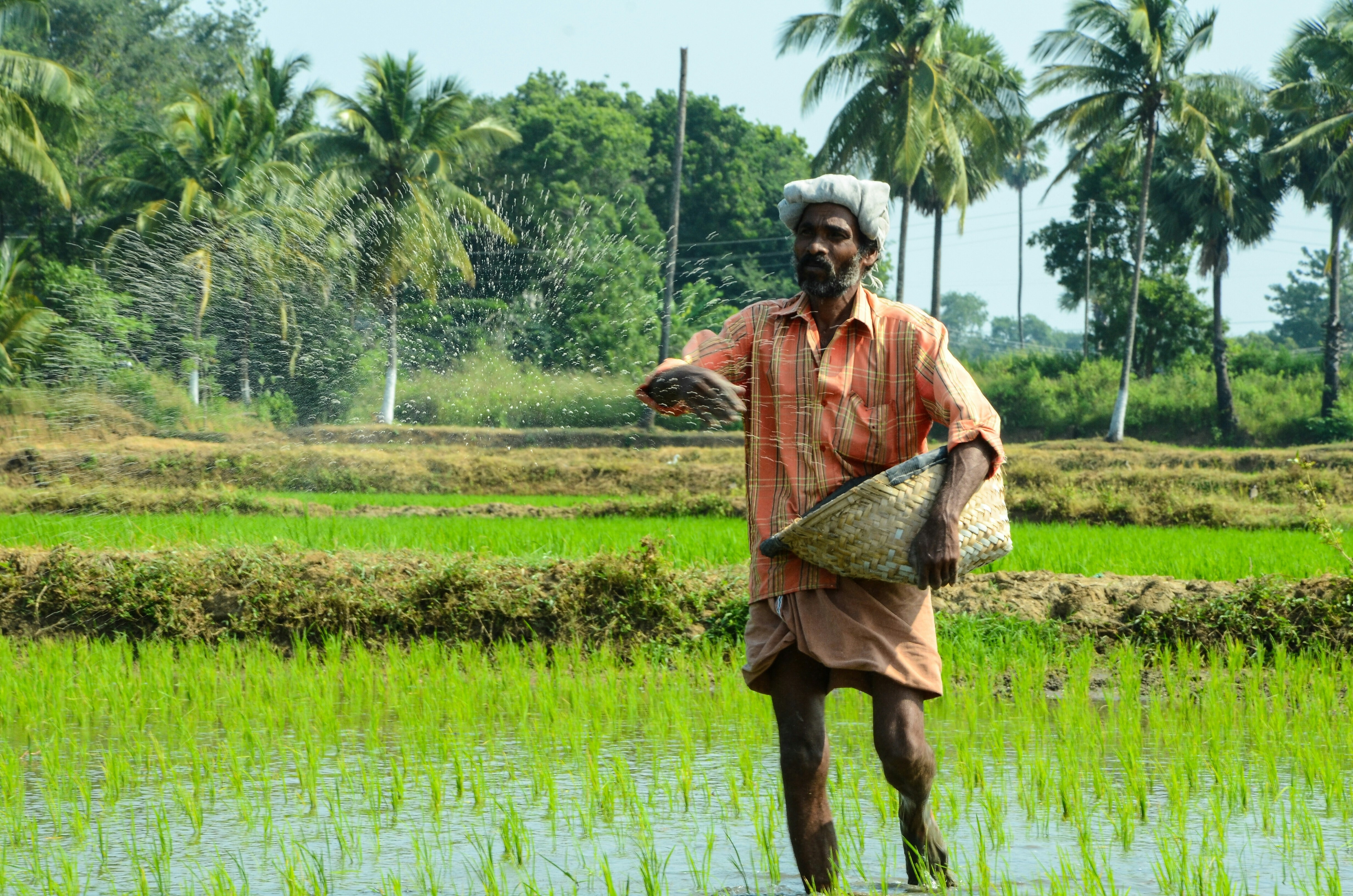Last year, this coral reef was teeming with life. Now it's dying - and it's up to us to save it

Bleached coral in the Abrolhos reef system off the coast of Brazil; seven months ago this was healthy Image: Gustavo Duarte
Raquel Peixoto
Associate Professor - Molecular Microbial Ecology , Federal University of Rio de JaneiroCoral reefs are among the most biodiverse places on the planet. Like rainforests, they are teeming with species that live symbiotically with one another. They cover less than 1% of the ocean floor yet harbour a quarter of all known marine species.
As well as astonishing beauty, this biodiversity provides spawning and nursery grounds that economically important fish populations need to thrive. They protect coastal communities from storm surges. They provide millions of jobs through tourism, fishing and recreational activities - and they are also important sources of new medicines being developed to treat cancer, arthritis, bacterial infections, Alzheimer's, heart disease, viruses and other illnesses.
If coral reefs go, this will all disappear.
Much of my work has focused on the Abrolhos region’s reefs off the coast of Brazil, the largest and most biologically diverse in the South Atlantic.
From mushroom-shaped coral formations found nowhere else on Earth to turtles and humpback whales, the region supports a rich abundance of plant and animal life.
When we visited at the end of 2018, the reef was healthy. When we returned in June this year, as part of our long-term research (led by the Federal University of Rio de Janeiro and the Rio de Janeiro Marine Aquarium Research Center) my team and I were shocked.
In less than eight months we saw massive die-offs. More than 95% of fire corals had disappeared in one of the reefs. We did not spot a single living colony for days. Everything was dead. Where we had seen healthy-looking corals less than a year ago, all that is left now are dead coral skeletons covered in algae.
Fire corals play an important role in the Abrolhos reef system. They grow along the fringes of the reef, dissipating wave energy and protecting the animals that depend on the reef for food and shelter. The damage was not restricted to fire corals; many other species were also severely bleached and we suspect that some of them may not recover. This extremely rapid change from healthy coral colonies to extensive stretches of severely bleached or dead reefs is extremely alarming. A large-scale die-off event such as this may happen on top of other potential stressors, such as local tourism, fisheries and pollution, leaving the reef even more vulnerable.
It is therefore time for us to act now, since the loss of corals worldwide is happening faster than we thought. Nation states need to reduce their CO2 emissions whilst working towards a sustainable blue economy.
At the same time, my colleagues and I are looking at the thresholds and mechanisms that trigger massive coral die-offs. The aim is to buy corals more time by restoring reef systems and finding ways to make corals more resilient. For example, just as in humans, coral health appears closely related to their microbiome, the bacteria and other microorganisms living in association with them. We have now found that coral probiotics could play an important role in helping them cope better in an increasingly hostile environment, and this is a field in current development to add to the growing body of solutions being proposed and tested to protect corals. Coral gardening can also be used as a remediation tool to restore such populations that are abruptly wiped out by acute events.
Don't miss any update on this topic
Create a free account and access your personalized content collection with our latest publications and analyses.
License and Republishing
World Economic Forum articles may be republished in accordance with the Creative Commons Attribution-NonCommercial-NoDerivatives 4.0 International Public License, and in accordance with our Terms of Use.
The views expressed in this article are those of the author alone and not the World Economic Forum.
Stay up to date:
Nature and Biodiversity
Forum Stories newsletter
Bringing you weekly curated insights and analysis on the global issues that matter.
More on Nature and BiodiversitySee all
Dr Gideon Lapidoth and Madeleine North
November 17, 2025






